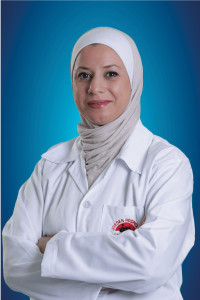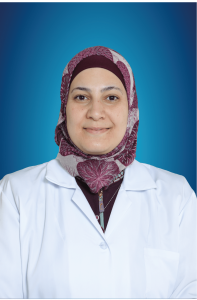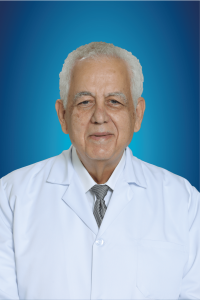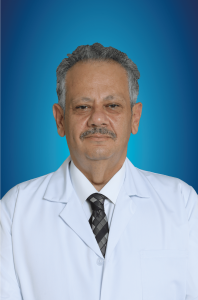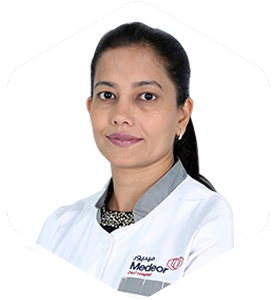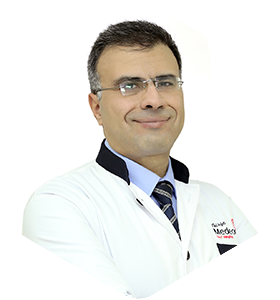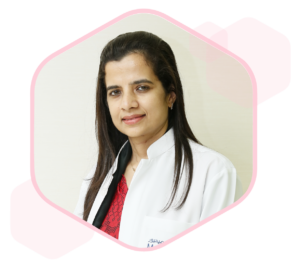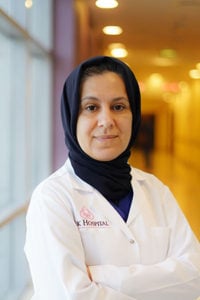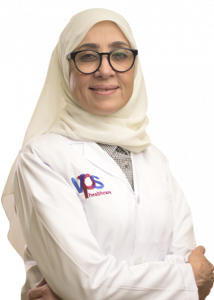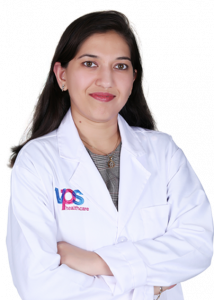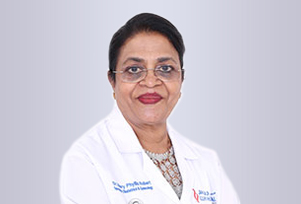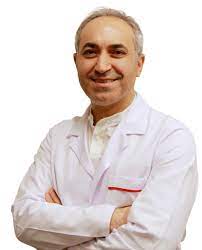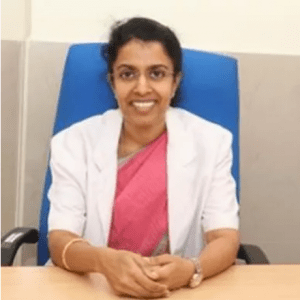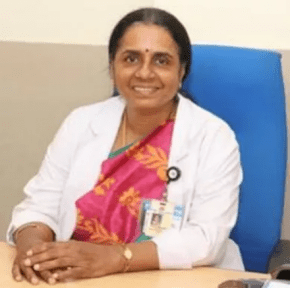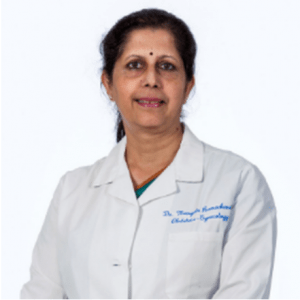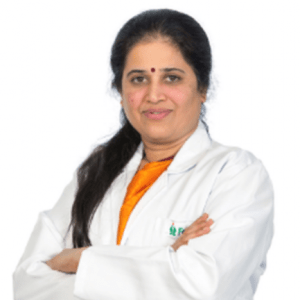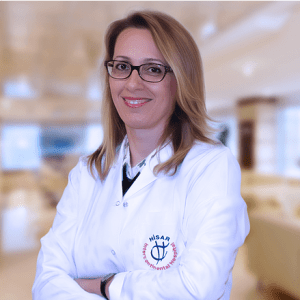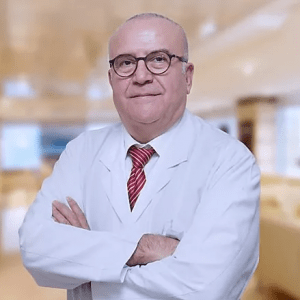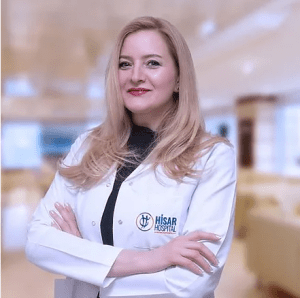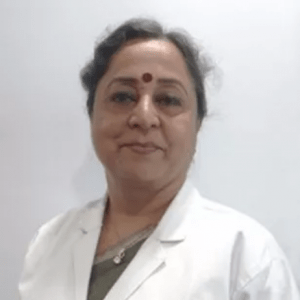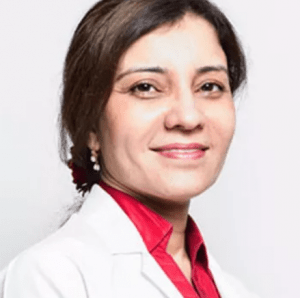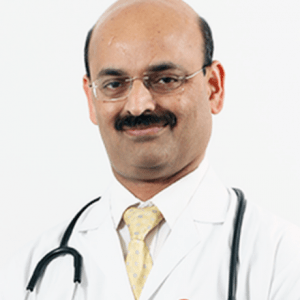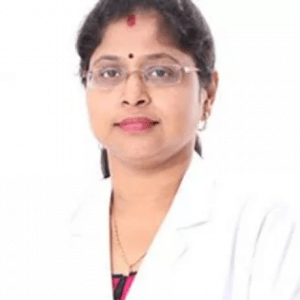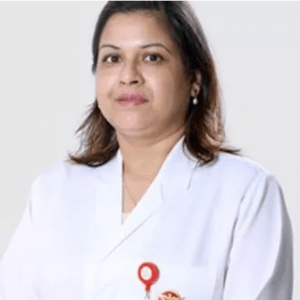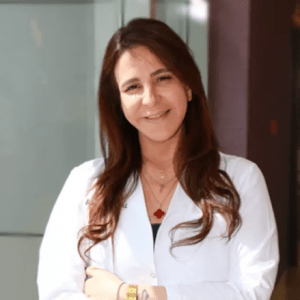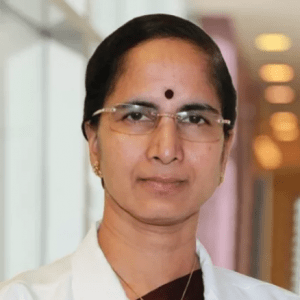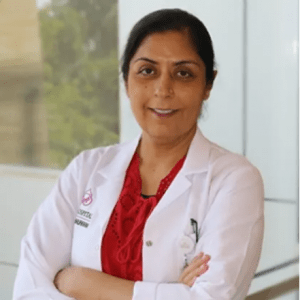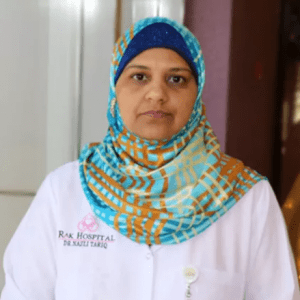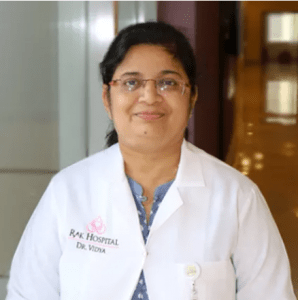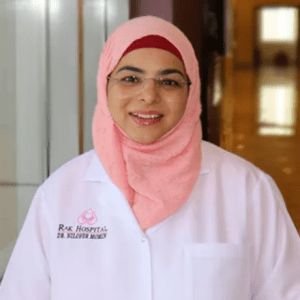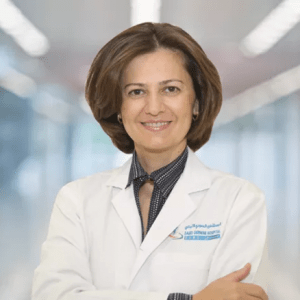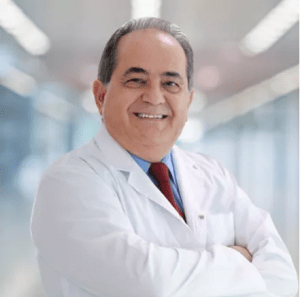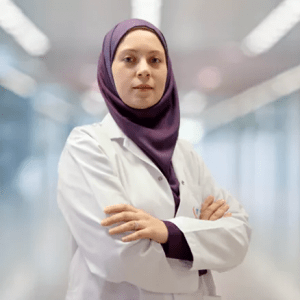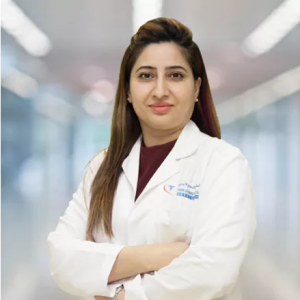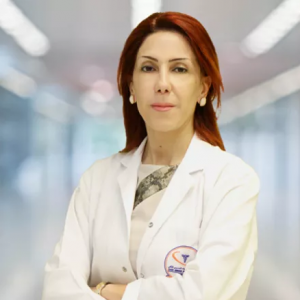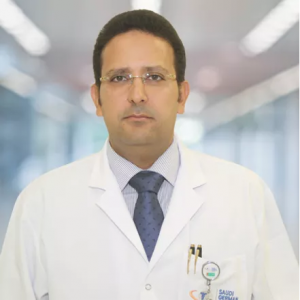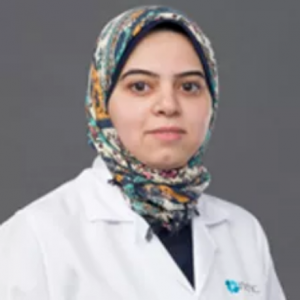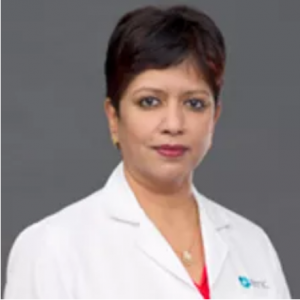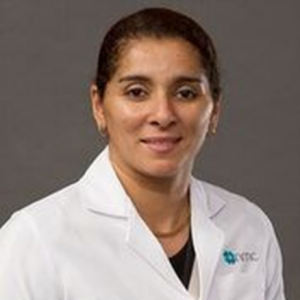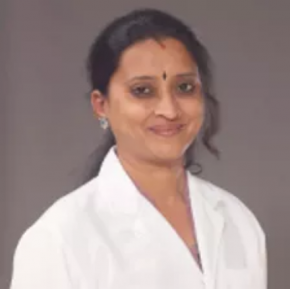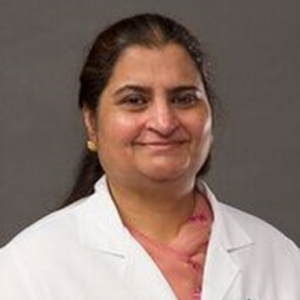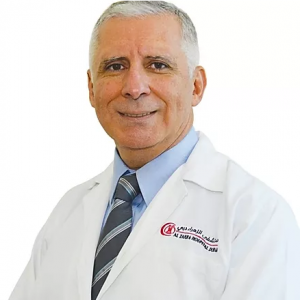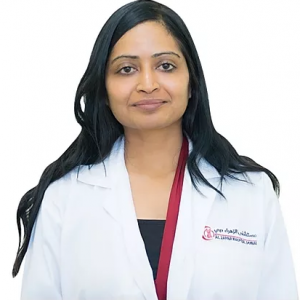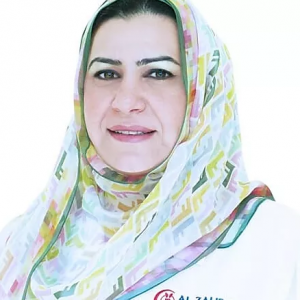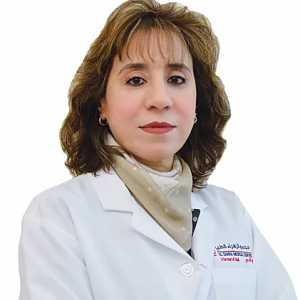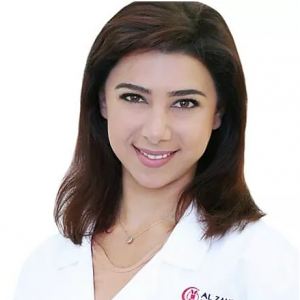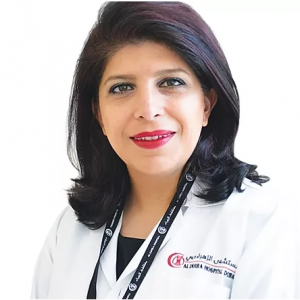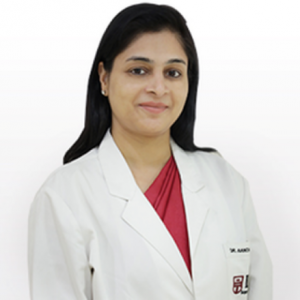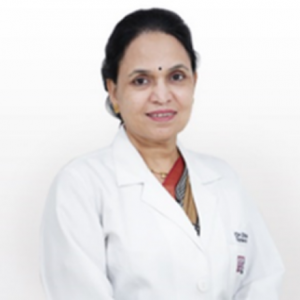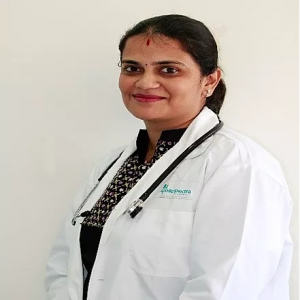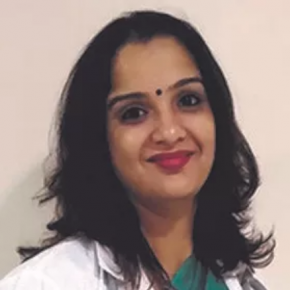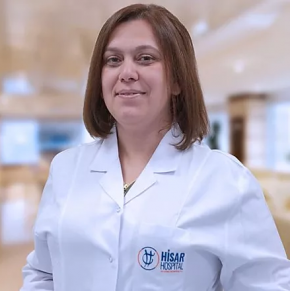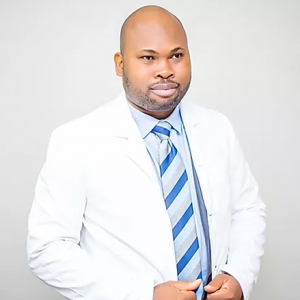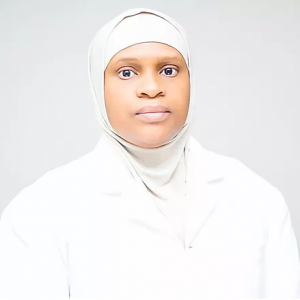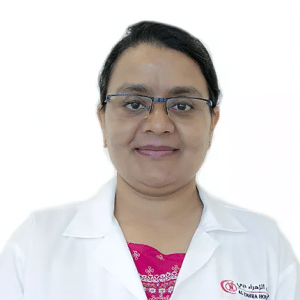Turner Syndrome
Turner syndrome (also called “gonadal dysgenesis”) is a chromosomal disorder that occurs in females alone, where these females are born with only one X chromosome. Turner syndrome can cause a variety of psychological defects which can subsequently result in various medical and developmental circumstances, such as: Stunted growth. Verdant ovaries. Heart defects. Turner syndrome can […] Read More
Top Doctors For Turner Syndrome Treatments
Top Hospitals For Turner Syndrome Treatments
Turner Syndrome
- Stunted growth.
- Verdant ovaries.
- Heart defects.
- Developmental problems after birth such as short stature, ovarian insufficiency, and heart defects.
- Skeletal malformation; problems with growth and development of bones such as abnormal curvature of the spine (scoliosis), forward rounding of the upper back (kyphosis), and risk of developing weak, brittle bones (osteoporosis).
- Autoimmune disorder; increased risk of hypothyroidism, diabetes, gluten intolerance (Celiac disease), or inflammatory bowel disease.
- High blood pressure; increased the risk of developing diseases of the heart and blood vessels.
- Hearing loss; due to graduation loss of nerve function or frequent middle ear infection.
- Kidney abnormalities; which may cause kidney malformation with an increased risk of high blood pressure and urinary tract infections (UTIs).
- Heart problems; slight abnormalities in heart structure, often include problems with the aorta, the large blood vessel that branches off the heart and delivers oxygenated blood to the body.
- Vision problems; weak muscle control of eye movements (strabismus), nearsightedness, and others.
- Learning incompetence; hearing disability especially with learning that involves spatial concepts, Maths, memory, and attention.
- Mental difficulties; increased risk of attention-deficit and hyperactivity disorder (ADHD)
- Complications during pregnancy.
- Infertility.
- Amniocentesis; a sample of amniotic fluid is retrieved from the uterus and sent to the genetics lab for the study of the baby’s chromosomes. This is because the cells of the baby are shed into the amniotic fluid.
- Chorionic villus sampling; a small piece of tissue is taken from the developing placenta surrounding the fetus. The chorionic villus cells can be sent to the genetics lab for chromosome testing.
- Estrogen Therapy
- Growth Hormone
Symptoms
TURNER SYNDROME SYMPTOMS
The indications of Turner syndrome differ from girl to girl, from lady to lady, as well as from women to women.
In some girls, the syndrome may not be easily recognizable. However, in other girls, several physical features related to Turner syndrome may be shown early.
Most signs of the condition are not obvious, but they gradually build up over time. During any of the three main periods of diagnosis (prenatal, infancy, and childhood), the following symptoms may be found:
- Prenatal Symptoms.
These signs are found when a female fetus is diagnosed. Prenatal ultrasound of the fetus with Turner syndrome may show:
- Abnormalities in the heart and kidneys.
- Edema, which is a collection of abnormal fluids on the nape (backside) of the neck.
Natal/Antenatal Symptoms.
These signs are found when a female child at birth or undergoing infancy is diagnosed. The results may show:
- Swellings in the hands and feet (mostly at birth).
- Height is slightly below average (at birth).
- Delayed growth.
- Short fingers and toes.
- Broad chest and spaced-out nipples.
- The high, narrow roof of the mouth
- Wide neck
- A turned-out arms at the elbows.
- Toenails and fingernails are narrow and turned upwards.
- Heart defects
- Smaller lower jaw
- The hairline is low at the back of the head.
- Low-set of ears.
Symptoms in Childhood and Adulthood.
Girls, teenagers, and young women show signs of shortness of stature and ovarian insufficiency due to ovarian failure.
Signs and symptoms include:
- Growth is slow
- Abdominal growth in childhood
- The expected height is shorter than other female members of the family.
- Early menopause not due to pregnancy
- Stoppage of sexual development during teenage years.
- Sexual changes expected to begin during puberty not observed.
- Infertility is observed in most women with Turner syndrome.
Causes
TURNER SYNDROME CAUSES
The human body has a karyotype of 46 chromosomes that carry genetic material (that is, 23 paired chromosomes). Sex in humans is determined by X and Y chromosomes. The male has XY, while the female has XX.
Turner syndrome is a genetic abnormality that occurs when the female is missing a certain gene that is normally on the X chromosome. Some girls miss a whole copy of the X chromosome, while for others, just part of the genes of the chromosome is missing. Genetic alterations may take place in different ways. They include:
- Monosomy
Abnormality in the mother's eggs or father's sperm can cause an absence of the X chromosome in every cell of the body.
- Mosaicism
Sometimes, cell division does not happen correctly during the early stages of detail development. In mosaic turner syndrome, some cells in the body have two complete copies of the X chromosome and others have only one.
- X Chromosome Abnormalities
Cells of the body have one complete X chromosome and one abnormal or missing copy of the X chromosome.
- Y Chromosome Material
In few cases, some cells have one copy of the X chromosome and others have one copy of the X chromosome and some Y chromosome material.
In this situation, the presence of Y chromosome material poses the risk of developing gonadoblastoma (a type of cancer) in such females. From research, almost 99% of babies missing the X chromosome are miscarried. The remaining 1% are always born with Turner syndrome.
FAQ
- Is Turner syndrome inheritable?
Turner syndrome is usually not inherited in families. But it occurs when one of the two X chromosomes in a female is missing or abnormal. In few cases, some cells have a copy of the X chromosomes, while others have one copy of the X chromosome and some Y chromosome material.
- Is Turner syndrome curable?
Turner syndrome is not curable, but girls with Turner syndrome can lead a normal life when given hormone therapies and associated diseases are treated.
- How many chromosomes does an individual with Turner syndrome have?
Turner syndrome karyotype (total number of chromosomes) makeup is 46 X chromosomes, where some of these X chromosomes are abnormal or contain Y chromosomal material.
Where the karyotype is 45 X chromosomes (which are in very rare cases), the babies are most likely to be miscarried during pregnancy or are still birthed.
- How common is Turner syndrome?
Turner syndrome is a very rare genetic disease that occurs in approximately 1 in 2000 to 2500 births.
- What is the life expectancy of someone with Turner syndrome?
The prognosis for people with Turner syndrome is to some extent good. Life expectancy is slightly shorter than average but there is hope for improvement when the associated chronic diseases are treated. Such may include obesity, heart problems, hypertension, etc.

